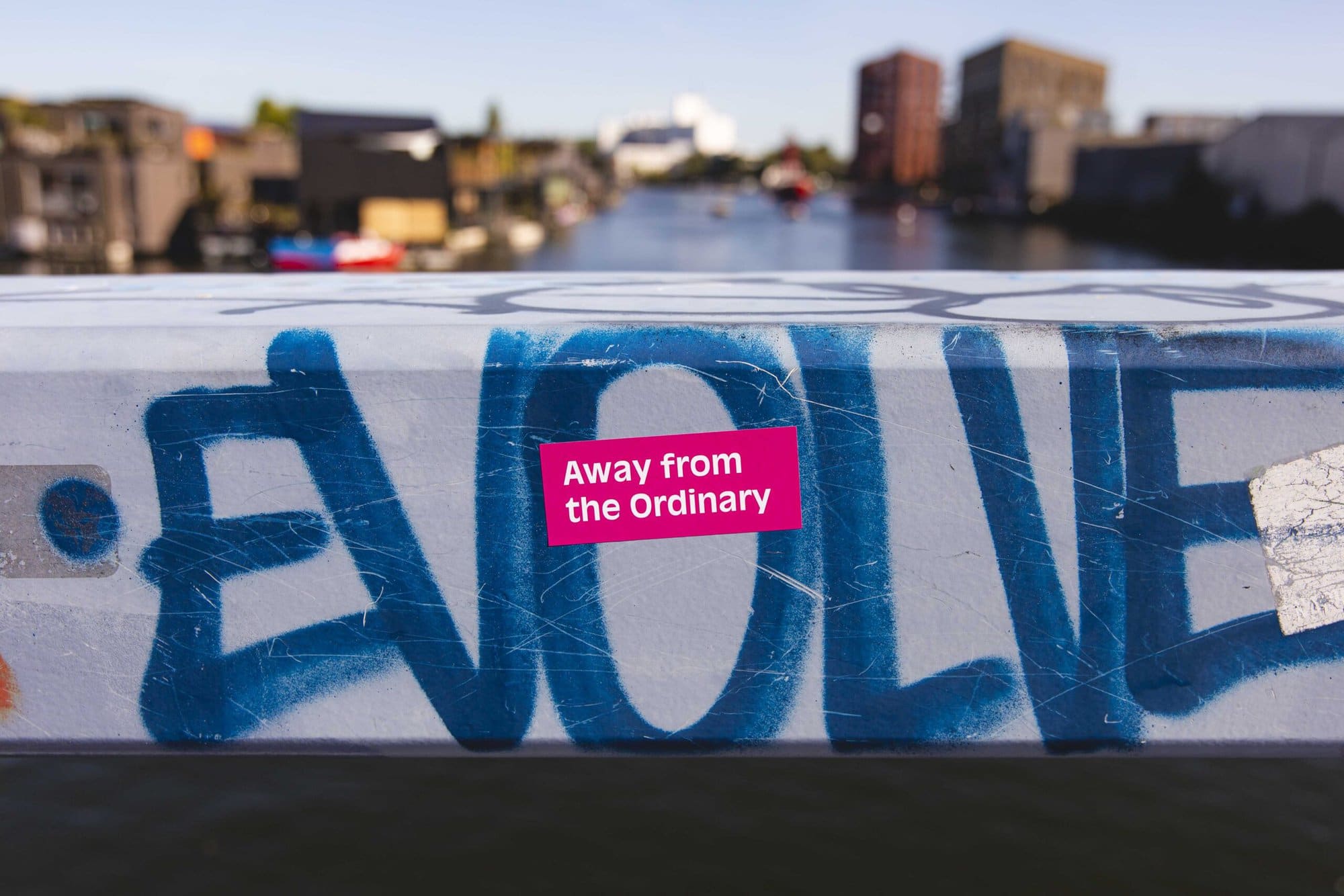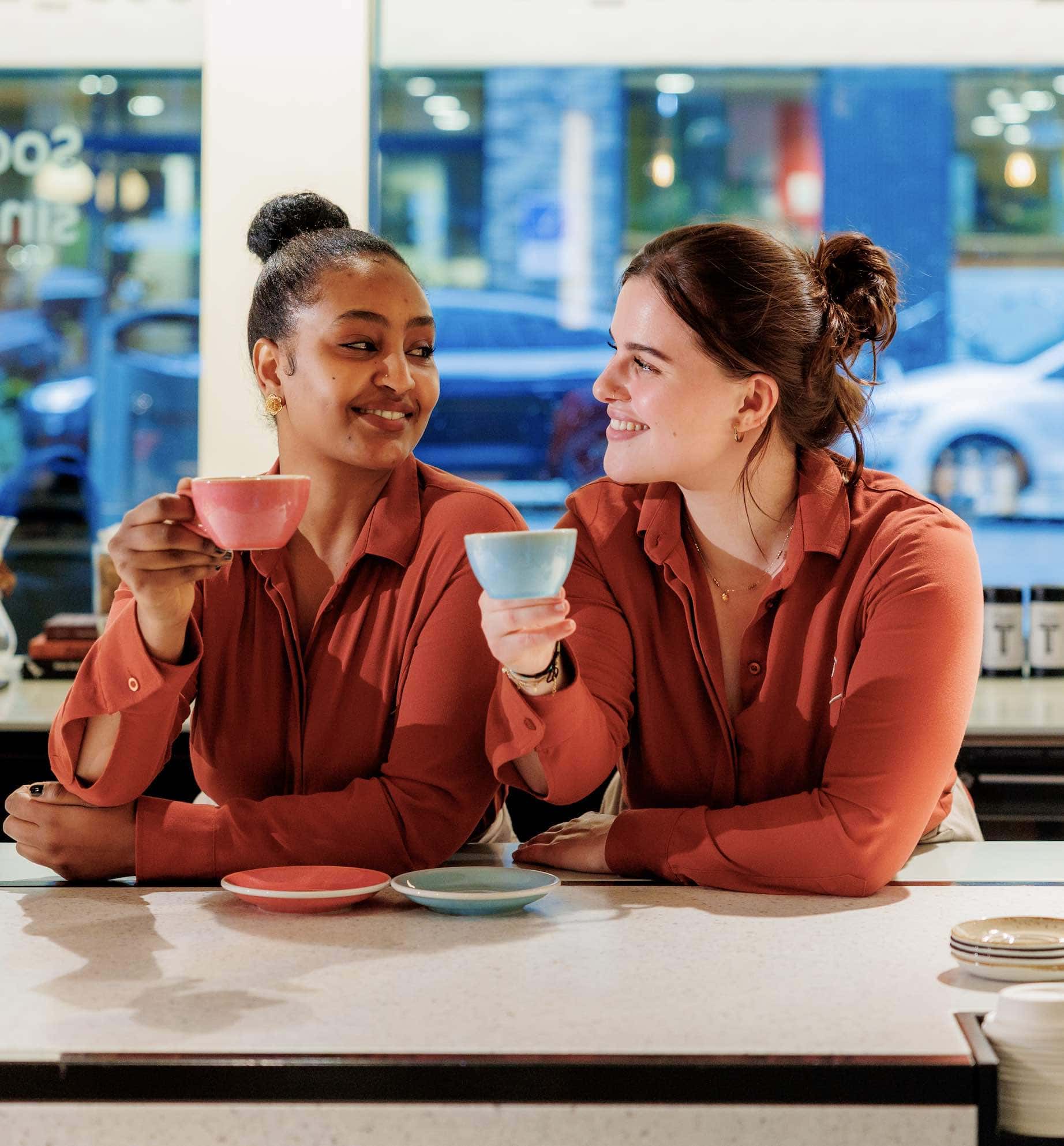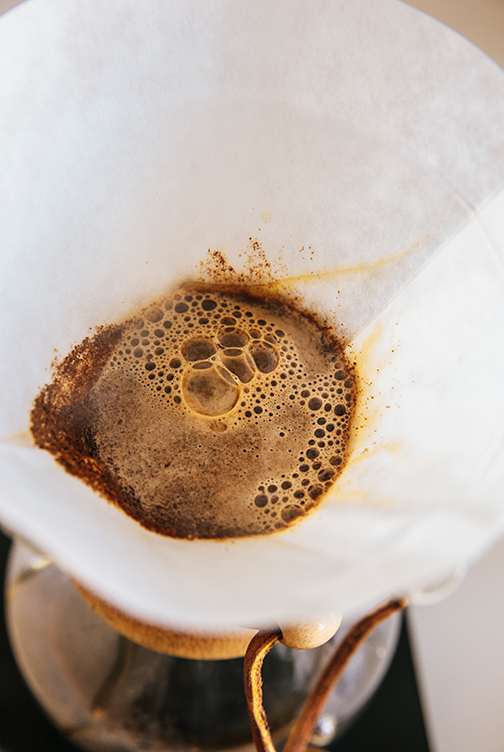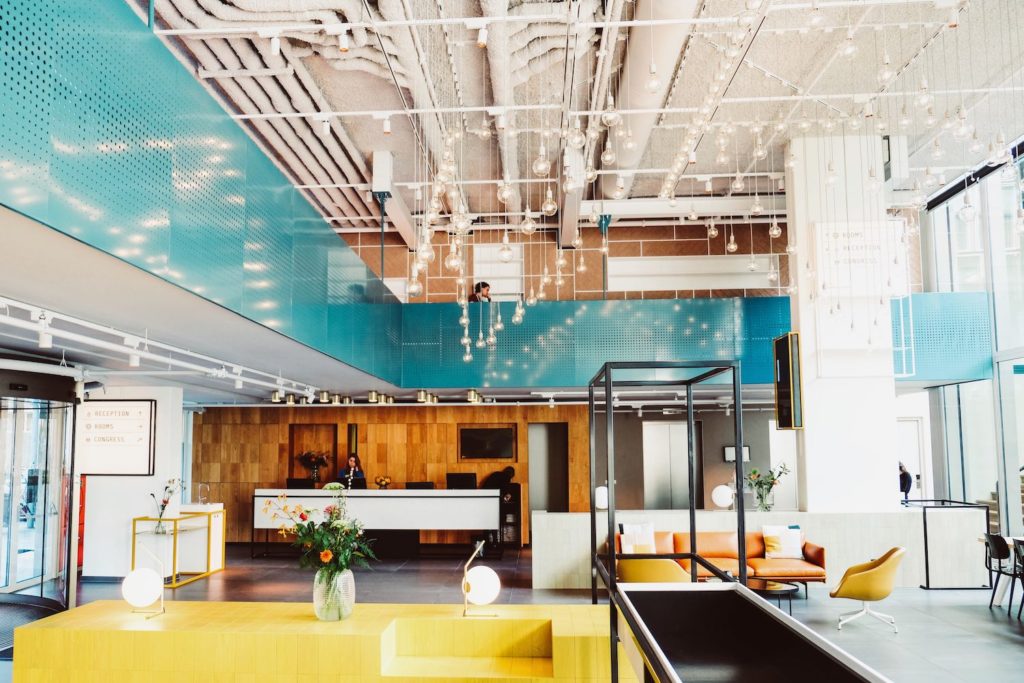pour over coffee
WRITTEN BY
- Barista Hugo
PUBLISHED
CATEGORIES
Our barista Hugo will share his expertise on coffee in this blog! He takes you along the art of making pour over coffee! Happy reading!

This time I’ll like to tell you a bit about Pour Over Coffee and specific I will like to tell you ( based on my experience ) how to make delicious Pour Over – filter coffee on The V60 method , what you need to make it taste good and how to adjust recipe for Coffee Roast degree.
What is pour over coffee?
The pour over method involves pouring hot water through coffee grounds in a filter. The water drains through the coffee and filter into a carafe or mug. Pour over is also known as filter coffee or drip coffee.
What sets pour over apart is that it is made by hand-pouring the water over the coffee. So you may hear it called hand brewing or manual brewing.
Why using the pour over method?
Pour over accentuates intricate flavors when compared to other brewing methods. Specifically, whit the V60 method you are able to Highlight Sweetness and Acidity. This makes it a popular choice for single origin coffees, since it allows the flavors and aromas to shine.
Good filter coffee is clean, clear, and consistent. This is because the water is allowed to extract coffee oils and fragrances in its own consistent time and at its own pressure. The filter then catches certain amount of oils, leading to a clean cup.
And because this is an infusion method, it is a little more efficient at extracting coffee solubles than immersion techniques such as the French press. Immersion methods cause the water to become saturated, whereas pour overs use a constant supply of fresh water.
What equipment do you need?
It may seem like there is an unending amount of options for pour over equipment, but you don’t need to invest in all of it. You can start with a simple device and some filters and then add more equipment as you choose.
Let’s take a look at what the basic equipment you need to make a pour over.
1) V60
The advantage of using this device is that they are widely available, simple to use, and have filters made specifically for their design. There are also many online guides and hacks to using these devices so it’s easy to learn how to use them properly and adapt as needed.
If you’re not sure where to start, try brews made in your locals specialty coffee shops and ask the barista which they prefer and why.
2) Filter
Bleached or Unbleached? You may think that the filter is the least controversial part of brewing, but there is even some debate here. Specific filters are designed to fit V60 and allow efficient extraction. Some claim that paper filters create an undesirable papery taste, particularly if they are bleached. To avoid this, rinse your filter before using it.
3) Scale
You may not think scales are essential, but if you want to create consistently good coffee, they are. Invest in a digital scale and use it to measure your coffee and water. Knowing exactly how much of each you used in a good (or bad) brew can allow you to replicate the recipe or tweak it for even better results.
4) Kettle
Have you seen specialty baristas pour water from a small copper kettle and wondered why? Can’t you just use a standard electric kettle? Yes, you can. But you may choose not to.
Like many things in specialty coffee, the important factor here is consistency. Kettles made specifically for pour over are designed to keep water at a stable temperature. This helps you create consistent extraction. And that long, thin gooseneck is designed to control the flow of water. Water tends to gush out of kettles with shorter spouts.
5) Coffee grinder
And invest in a quality grinder to make sure your coffee particles are all ground to the same size. Lower-quality grinders may produce inconsistently ground coffee and a lot of “fines”. These tiny fragments of coffee extract very quickly and can throw your cup off.
What sort of coffee should I use?
So you have your equipment ready, but now what? Which coffee should you use with a pour over? There are a few factors to consider when choosing your beans.
1) Roast Profile
Because the pour over method works well to highlight subtle flavor notes and aromas, you may want to choose a light roast. Beans that are roasted to this profile are the brightest, with the most acidic flavors. Of course, you can go medium or even dark if you prefer and if you do so you should know that you most adapt your recipe in order to extract the most desirable flavors out of it! But this brewing method is complementary to subtle flavors.
2) Grind profile
The size of your grounds affects the rate of extraction. Pour over V60 is a an infusion method, which means that the coffee and water are in contact for a shorter amount of time than in an immersion method, but longer than in an espresso. So you want the coffee to have enough surface area to extract before the water filters through into the cup, but not so much that they under-extract and produce a bitter brew.
What this means is that you should start with a medium-fine grind size and then evaluate your cup and tweak it as needed. If it’s a little watery or sour, try a finer grind. If it’s bitter and lacking sweet notes, try going a little coarser.
3) Ratio
You’ll see a lot of different suggested ratios out there, but 1:17 (1g of coffee to 17g of water) is a generally accepted good starting point. I most of the time start with this Ratio and works very well for me. Make some brews with this measurement but adjust factors that affect extraction, such as grind size and water temperature, one at a time until you find a recipe that works for you.
Then, try changing the ratio of coffee to water. If your brew tastes watery or weak, add more coffee without changing other factors and evaluate whether it tastes better. If you find your cup too intense, consider reducing the amount of coffee. But remember to keep track of what you’re changing so you can replicate your perfect brew when you find it.
And don’t forget about the water. Tap water can contain minerals and contaminants that affect flavor, so use filterd water!

Pouring technique
Be consistent in how you pour and learn how to use blooming, pulse pouring, and agitation to achieve even extraction. Many people pour in concentric circles ( like a spiral ), which will help you maintain a consistent flow of water.
1) Bloom
The bloom is the quick bubbling up of water that happens when you first pour. It is caused by the degassing of carbon dioxide that is built up in the roasting process. Light roasts and fresh coffee are likely to produce a big bloom because they usually contain more gases.
Carbon dioxide can prevent even extraction because it repels water, and the disturbed grounds can sit at different heights. So let the gases escape and improve your chances of a consistent extraction.
Gently pour twice the measure of coffee in water over the grounds. So, if you have a 15 g dose of coffee, pour 30 ml of water. Then wait 30 to 45 seconds until the bloom has ended and the grounds have settled.
2) Pulse pouring and continuous pouring
Pulse pouring means using multiple pours of specific amounts of water. You can experiment with the volume of water and number of pours. This technique help prevent channelling or grounds rising up the side of the filter. It also gently disrupts the grinds, causing them to move about and creating more even contact with the water.
It’s an alternative to Continuous pouring, which is when you will pour the water at as constant of a flow rate as possible without stopping. Continuous pouring aims to keep the flow and saturation as even as possible, whereas pulse pouring is intentionally varied. You can use pouring technique as another variable to consider when adapting your recipe. Different types of pours will have different effects on extraction and therefore have different impacts on your brew.
3) Agitation
This is simply mild disturbance of the coffee grounds during the brew process. There are many ways to agitate coffee, including stirring or swirling the brew.
Agitation disperses grounds that can be left “high and dry” on the filter by channeling. It also breaks up any dry clumps inside the bed of coffee. By making sure all grounds are saturated, agitation aids even extraction.
Pour over V60 coffee can be a great way to make your daily cup and it doesn’t have to be complicated. By understanding these key topics, you’re well prepared to make a decent brew and have the tools to tweak it until it becomes a great one. When you have more practice and become more familiar with what’s happening ..please BREAK THE RULES, experiment and most important HAVE SOME FUN!
My Recipe
340 H2O
18-20gr of Coffee
Water temp between 92-96 C* ( I use Magnesium filtered Water from BWT).
Fine grind size ( Mahlkoning Guatemala: #2.5 )
Final beverage 275- 295ml
Total brew time between 2:10 – 3min
Bloom: 50ml of water between 30 and 45 sec
Pour add till scale marks 200ml and wait +/- 30sec
Last Pour inject water till 340 . Give a gentle swirl.
Enjoy
RELATED
STORIES

10 Hotspots in North Amsterdam
Discover the top 10 hotspots in North Amsterdam for an unforgettable adventure Away from the Ordinary? Dive into the blog!

Away from the Ordinary with Anke from HR
Let’s get Away from the Ordinary with Anke, an experienced ‘Casiaan’ with both experience in front office and HR. Dive into her story in the blog!

Your guide on different coffee types
What type of coffee is your best fit? Something milky or rather strong? Read on for all different coffee types.

 NL
NL DE
DE FR
FR